Aswan is the southernmost city in Egypt. It is situated on the first cataract of the Nile, almost a thousand kilometres from Cairo. In Aswan, there are many things to visit, but it is not a place to rush, as everything is around the magnificent Nile River.
I can buy a Camel for $25
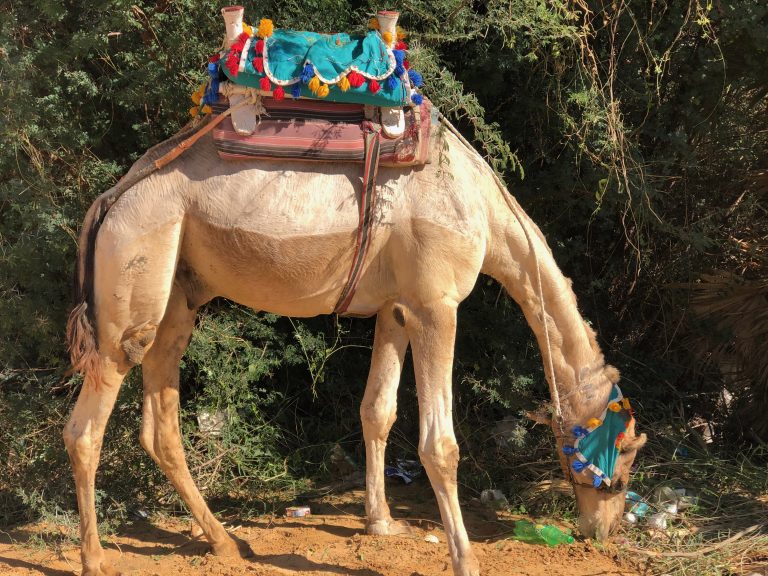
I am in Aswan, Egypt. We arrived this morning after spending 3 days in Cairo.
I just found out that for 25 euros I can buy a camel.
Thus began my travel journal when we arrived in Aswan. With the idea of parking a camel in the park near my house in Berlin. This really stirred my imagination. Certainly, because I was very tired when we landed. After all, our flight was very early, which is why we were woken up in the middle of the night in Cairo to go to the airport.
The problem with being totally dependent on a tour agency’s schedule is that sometimes it doesn’t meet our needs or even our mood. But as on this trip to Egypt, we chose to hire an agency, we were completely tied to it.
So when we arrived in Aswan after a sleepless night, all we needed was to go to the hotel. Unexpectedly, this was not the case. The guide who picked us up at the airport immediately took us to see the Aswan Dam, an essence store, the unfinished Obelisk and also, the beautiful Temple of Philae. It was therefore a shame to visit the island where the Temple Complex is located when we were so sleepy, but we still made a great video!
top tip
If you hire an agency to make the trip to Egypt, ask about schedules, visit agendas, and all your questions before hiring the service. It is worth spending a little more time on this research to get the most out of your trip.
Aswan is one of the main cities in Egypt
Aswan is 950 km from Cairo, at the northern end of the First Cataract of the Nile River, thus at the ancient southern border of Egypt.
Aswan has always been of great strategic importance. In ancient times, it was a garrison city for military campaigns against Nubia. Its quarries provided the granite used for sculptures and obelisks.
The Nile River in the Aswan region is wide, languid, and very beautiful, flowing gently from Lake Nasser around dramatic black granite rocks and palm-filled islands. Colourful Nubian villages flow down to the water and stand out against the backdrop of the desert escarpment on the west bank.
The large island of Seheyl and the village of Gharb Seheyl, situated just north of the ancient Aswan Dam, have several relaxed guesthouses and offer the opportunity to swim in the river. These are perfect places to stay for a few days and recover from the rigours of travel and temple visits.
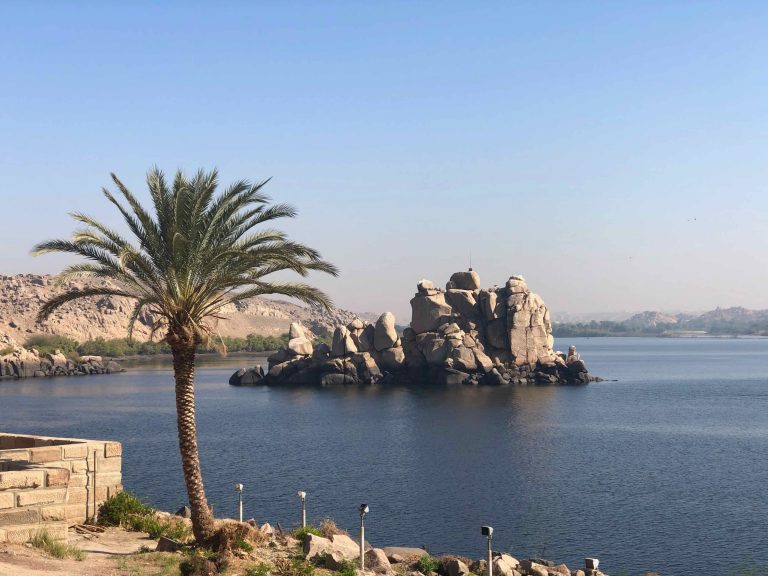
Hotel stage of the book Death on the Nile
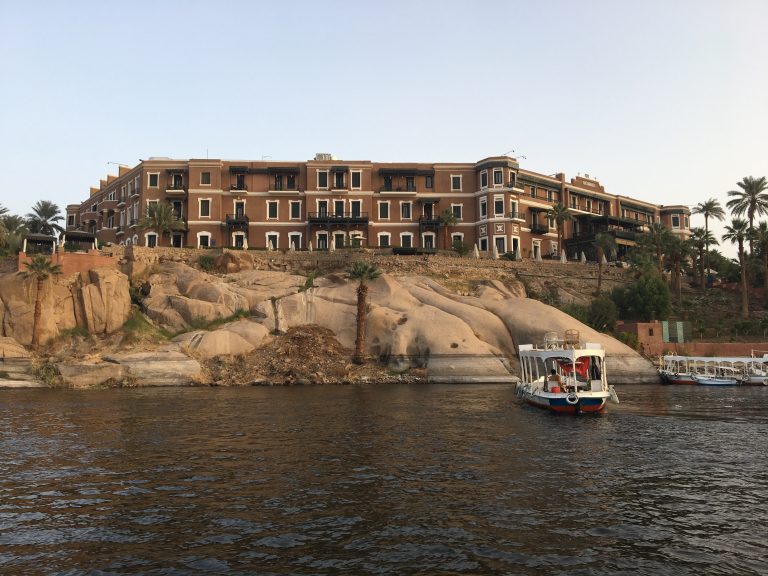
For fans of Agatha Christie, it is interesting to see the hotel – even if only from the outside – where she wrote her world-famous novel Death on the Nile in the late 1920s.
For those who are super fans and are willing to spend some money, the Old Cataract hotel makes available the suite where the Lady of Crime stayed.
Unfinished Obelisk
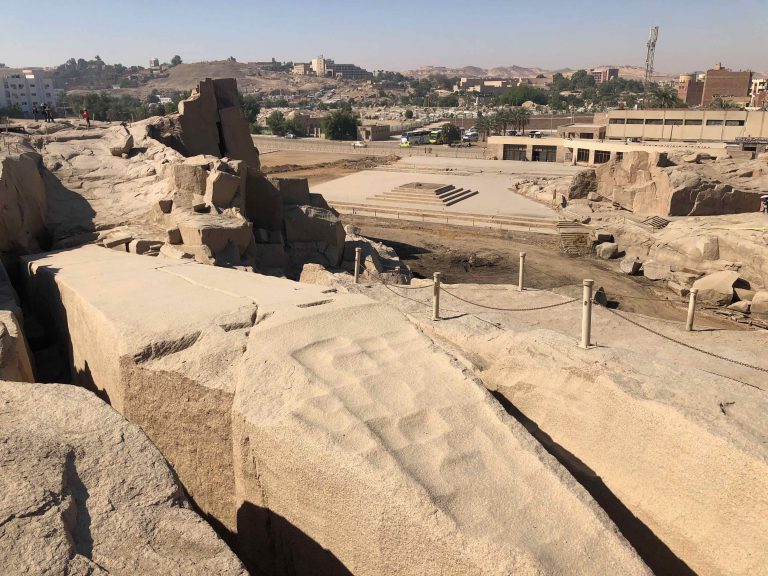
As the name implies, this Obelisk was never completed. If it had been, it would undeniably be the tallest in the world at almost 42 meters.
Nubian Village in Aswan - Egypt
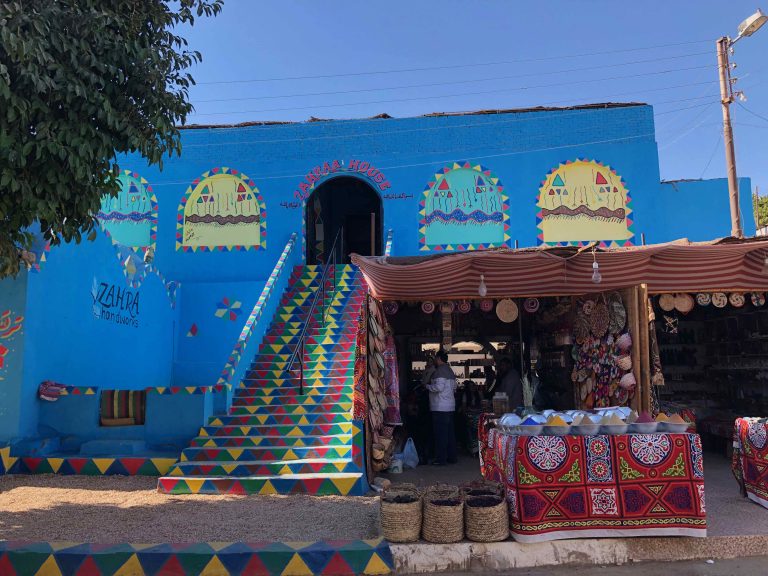
A short boat ride from the hotel we were staying at on one of the islands in the Aswan region, we arrived at a Nubian Village.
The Nubians are one of the oldest African civilizations.
In the village, it is possible to visit a Nubian house, have tea with them and thus discover their way of life more closely.
The houses have sand floors so that if a scorpion or a snake makes an unwanted visit, they will certainly leave their tracks on the floor.
One thing that bothered me was the fact that they keep crocodiles in such small cages, almost impossible to move. Immediately upon seeing the unexpected scene, my stomach froze and my heart ached. I know it is part of their culture. However, it is part of mine not to find it amusing at all.
They even offered us a baby crocodile to take pictures with, but I refused immediately.
After we finished this part of the visit, as the tour agency had planned, we went through the village, visited the market in the colourful streets and bought some exotic spices from the region.
Aswan Market

Once again we took the boat from the hotel to the city. Which I certainly loved to do. Taking a boat ride on the Nile was always a pleasure.
As soon as we arrived in town, we were approached by several people offering us things we had never thought of before, so not necessary. Of course, they also offer taxis, guides, carriages for city tours, but we chose as always to walk. Our favourite means of transportation, whenever possible.
I must say that they are not unwelcome. If we make it clear that we have no intention of buying anything or acquiring any service they soon give up.
We then walked to the market that is open every day from 5:00 PM on. The place is super vivid and authentic. It is not only a tourist spot but also a place where the locals do their shopping. The vendors in general approach the tourists with friendliness. They greet each passer-by in the language they assume is from the country we come from.
It is very amusing to observe their guessing game. With us, it was all the time in German when they looked first at Martin – who is German with a German face – and in French when they looked first at me. I have no idea why.
In the market area, there are several typical restaurants that do not even offer English menus. Certainly, a great opportunity to get to know the true cuisine of the region.
Curiosity about one of the sustainable inventions of the ancient Egyptians
In order to identify when the Nile River would flood, something that happened annually, the Egyptians created a calendar. With this, they were able to protect the entire agricultural system. This calendar was divided into three parts: flooding, growing, and harvesting, and is better known as the agricultural calendar. Each of these seasons was four months long, and each of the months was divided into 30 days.
At the end of the annual calendar, they found a total of 360 days, slightly less than the total number of days in the calendar we use. In order not to have a problem with this difference, the Egyptians put an extra five days between the time of the harvest and the flood. This worked very well for the agricultural calendar, and the people took advantage of this five-day gap to celebrate it as a religious holiday.

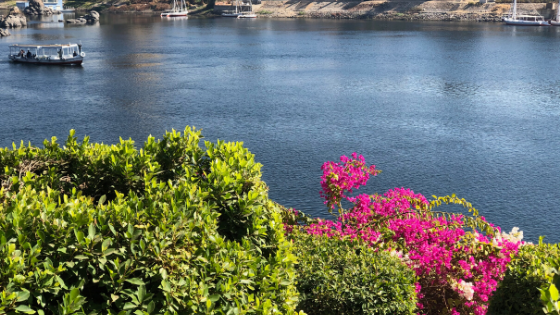
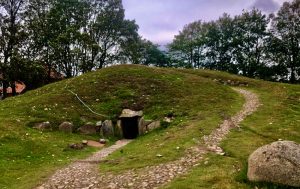
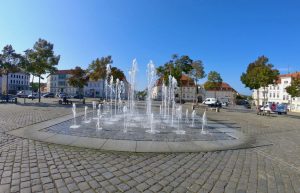

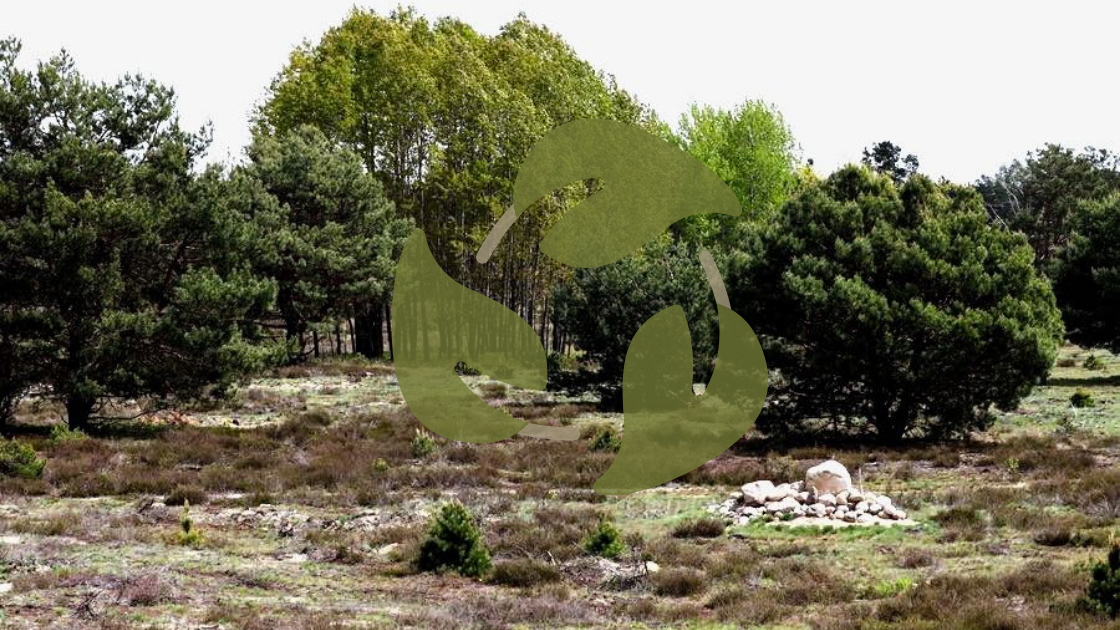

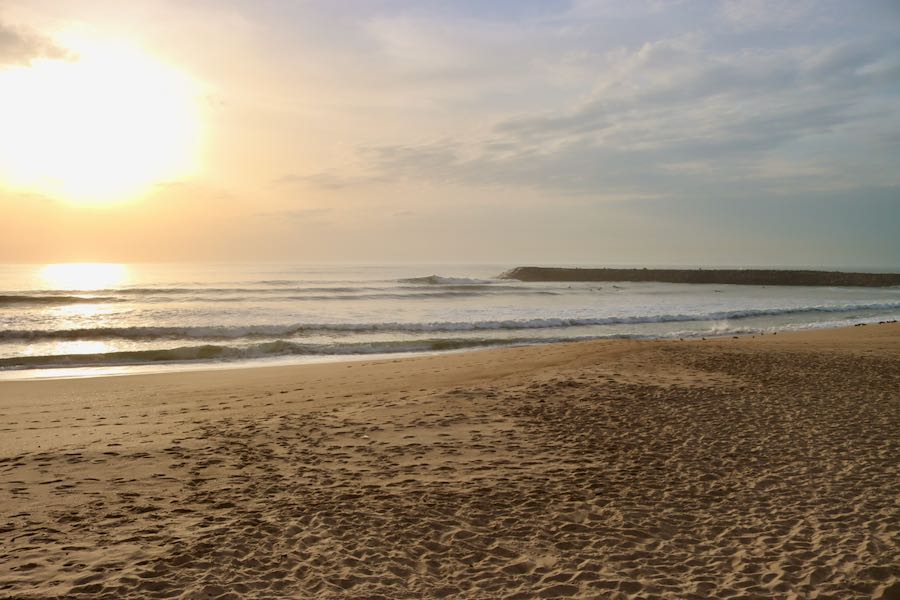





2 Responses